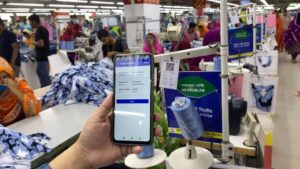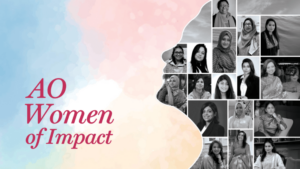
As the global fashion industry intensifies efforts to reduce its environmental impact, Bangladesh, the world’s second-largest apparel exporter, is under increasing pressure to enhance its textile waste recycling capabilities. Currently, the country recycles only a small fraction of its textile waste, with the majority being exported or left to pollute land and waterways.
The country’s textile sector generates approximately 577,000 metric tonnes of waste annually. Much of this waste, known locally as jhut, is processed informally within Bangladesh through a network of unregulated workshops near Dhaka. Workers, predominantly women, sort and bundle the scraps for low wages, often working in unsafe conditions without access to basic amenities like clean drinking water or sick leave.
Experts warn that Bangladesh’s limited recycling infrastructure may become unsustainable as global regulations increasingly demand higher recycled content in garments. The European Union recently published its first road map under the Ecodesign for Sustainable Products Regulation, which aims to reduce environmental harm from textiles and encourages suppliers like Bangladesh to expand recycling efforts.
The international community is also scrutinising Bangladesh’s waste management practices. Most textile scraps are either shipped abroad or disposed of in landfills, pollute water sources, or are incinerated, releasing toxic gases. While some neighboring countries like India recycle around 60 per cent of their textile waste, Bangladesh’s recycling rate remains comparatively low.
There is a growing call for reforms to formalise the waste processing sector, improve working conditions, and increase transparency within the supply chain. Industry stakeholders stress that boosting recycling capacity is vital for Bangladesh to remain competitive and environmentally sustainable in the face of changing global standards.
As global regulations tighten and consumer awareness rises, Bangladesh’s textile industry faces a pivotal moment to shift towards more sustainable practices and secure its future in a greener fashion landscape.






